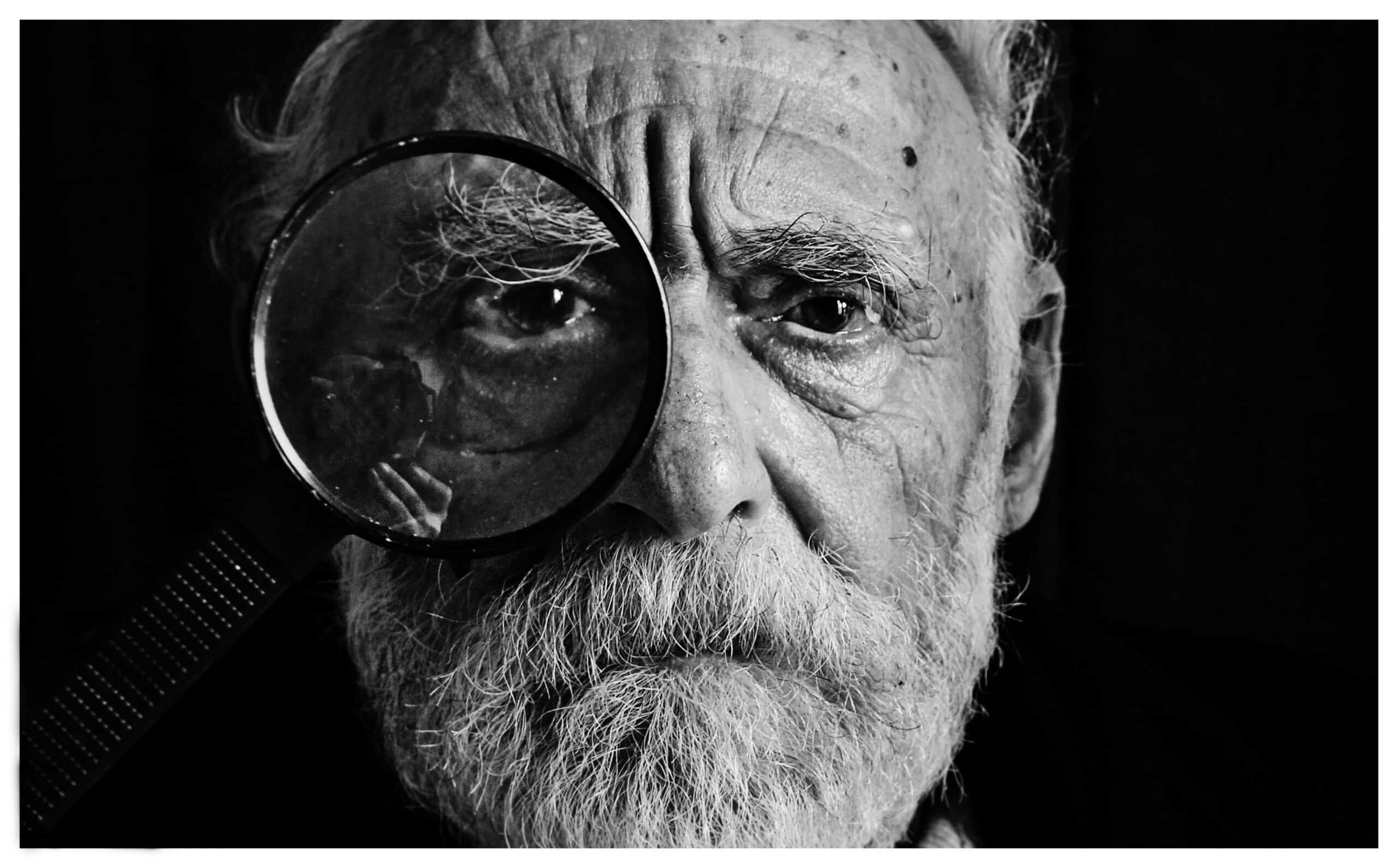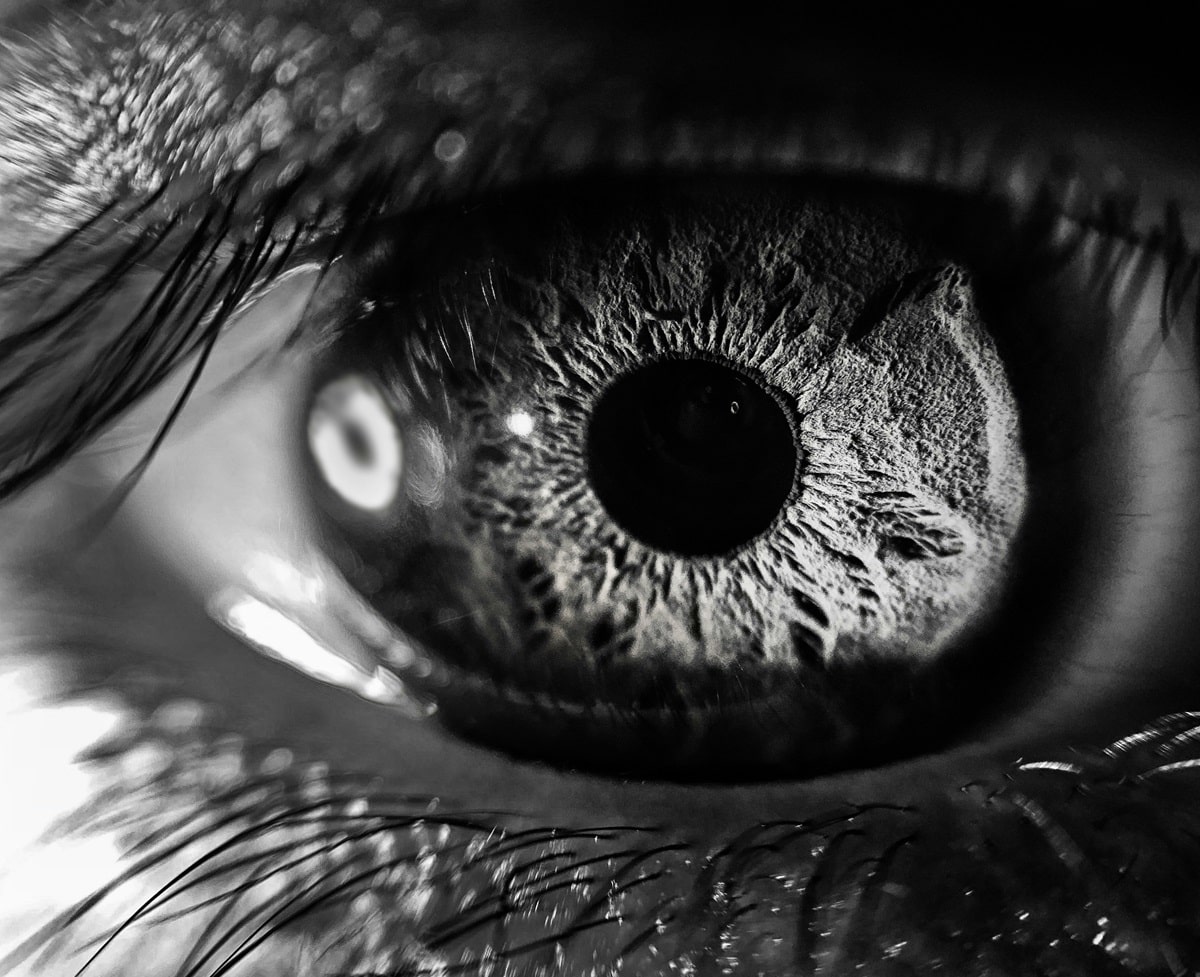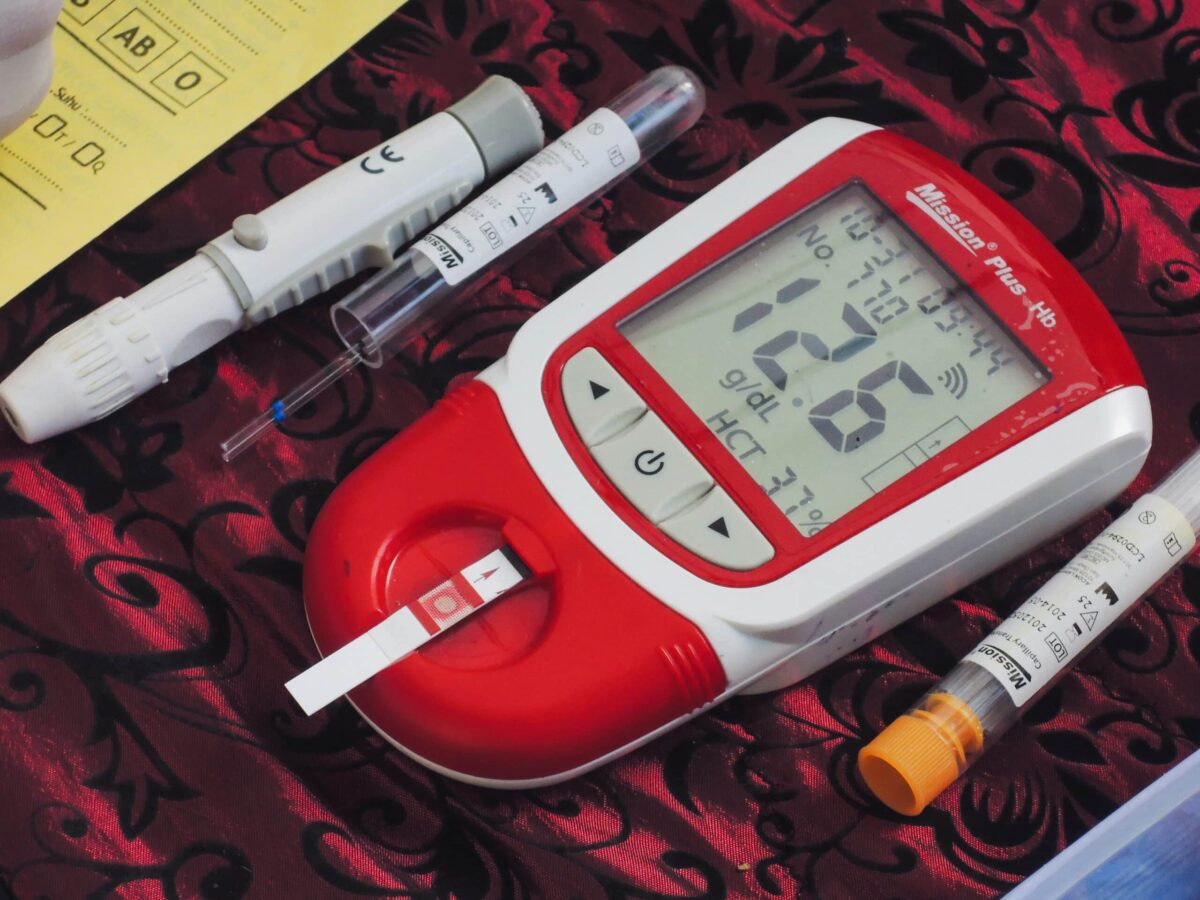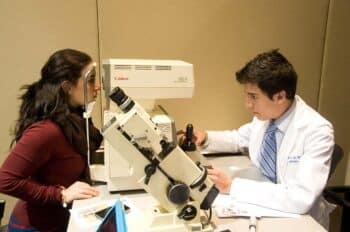

Through the fog of uncertainty caused by escalating cases of diabetes, there’s one glimmer of hope on the horizon — retinopathy treatment. With an estimated 422 million adults with diabetes globally and a large proportion suffering from some degree of diabetic eye disease, the need for practical and efficient treatment can’t be overstated.
Diabetic retinopathy, an eye condition wherein high blood sugar levels cause damage to the retina’s blood vessels, is one of the many complications associated with diabetes. It’s also one of the leading cause of blindness in working-age adults. Luckily, innovative advances in retinopathy treatment offer much-needed relief and potential preservation of sight. Let’s explore these eye-opening advances and learn how they are transforming the landscape of diabetic eye disease treatment.
The medical field has seen major breakthroughs in retinopathy treatment, but few are as promising as non-invasive low-level light therapy (LLLT). Noctura 400, a pioneering sleep mask developed by PolyPhotonix, is at the forefront of these revolutionary changes.
Noctura 400 utilises a specially designed mask, which emits a subtle light while users sleep. The light reduces the oxygen demand of the retina, preventing hypoxia — a state when your eyes are deprived of sufficient oxygen — that can lead to retinopathy.
Prolonged hypoxia induces the growth of new, unhealthy blood vessels in the retina. These vessels can bleed or leak fluid, distorting vision and, in severe cases, can eventually lead to blindness. By using Noctura 400, individuals can protect their retinas from oxygen starvation during sleep, thereby avoiding complications associated with retinopathy.
While preventative care like Noctura 400 offers crucial protection to our eyes, sometimes treatment of advanced retinopathy can be necessary. Anti-vascular endothelial growth factor (anti-VEGF) medications, such as Lucentis, Macugen, and Eylea, control new blood vessel growth in the retina, the hallmark of advanced diabetic retinopathy. These anti-VEGF treatments can prevent and even reverse vision loss.
Most of these medications have been used for years, but ongoing refinements in dosage and application methods continue to improve their efficacy and have resulted in far fewer side effects.
Laser therapy, though not a new treatment when it comes to retinopathy treatment, remains a reliable option. Innovative laser treatment techniques that cause less retinal scarring than traditional methods continue to evolve.
One such therapy, called PASCAL (Pattern Scan Laser), allows a faster patterned application of laser spots, lessening the treatment time and enhancing patient comfort during the procedure. PASCAL technology stimulates healing with less damage to retinal tissue and can prevent further spread of the disease if caught early.
Steroid implants like Ozurdex are another encouraging advance in retinopathy treatment. These implants are small, biodegradable devices that are injected into the eye to slowly release steroids over several months. The steroids reduce inflammation, swelling, and the growth of abnormal blood vessels associated with diabetic retinopathy.
While these implants don’t remedy retinopathy, they can slow disease progression and lower the rate of vision loss, offering patients more time to seek additional treatment options.
Whether it’s the promising future of non-invasive devices, evidenced by Noctura 400, or the improved methods of delivering proven treatments like anti-VEGF prescriptions and laser therapy, the eye-opening advances in diabetic retinopathy treatment are a beacon of hope for hundreds of millions living with diabetes.
When it comes to our vision, vigilance is crucial. Early detection and treatment of diabetic retinopathy dramatically increases the chance of preserving vision. Staying informed about the ongoing advancements in this domain can equip you with the knowledge necessary to navigate the often challenging path diabetes posits, enabling a healthier, clearer tomorrow.
Remember, when it comes to safeguarding your vision from diabetes, every set of eyes is different, and a personalised game plan from your doctor, including these advanced treatments, will make a world of difference.


